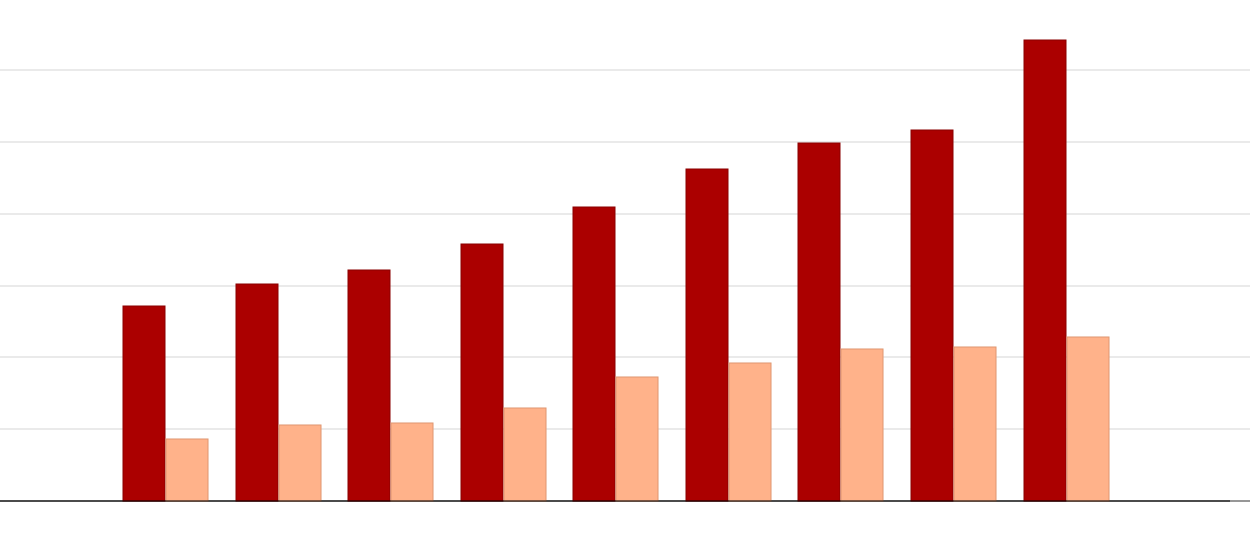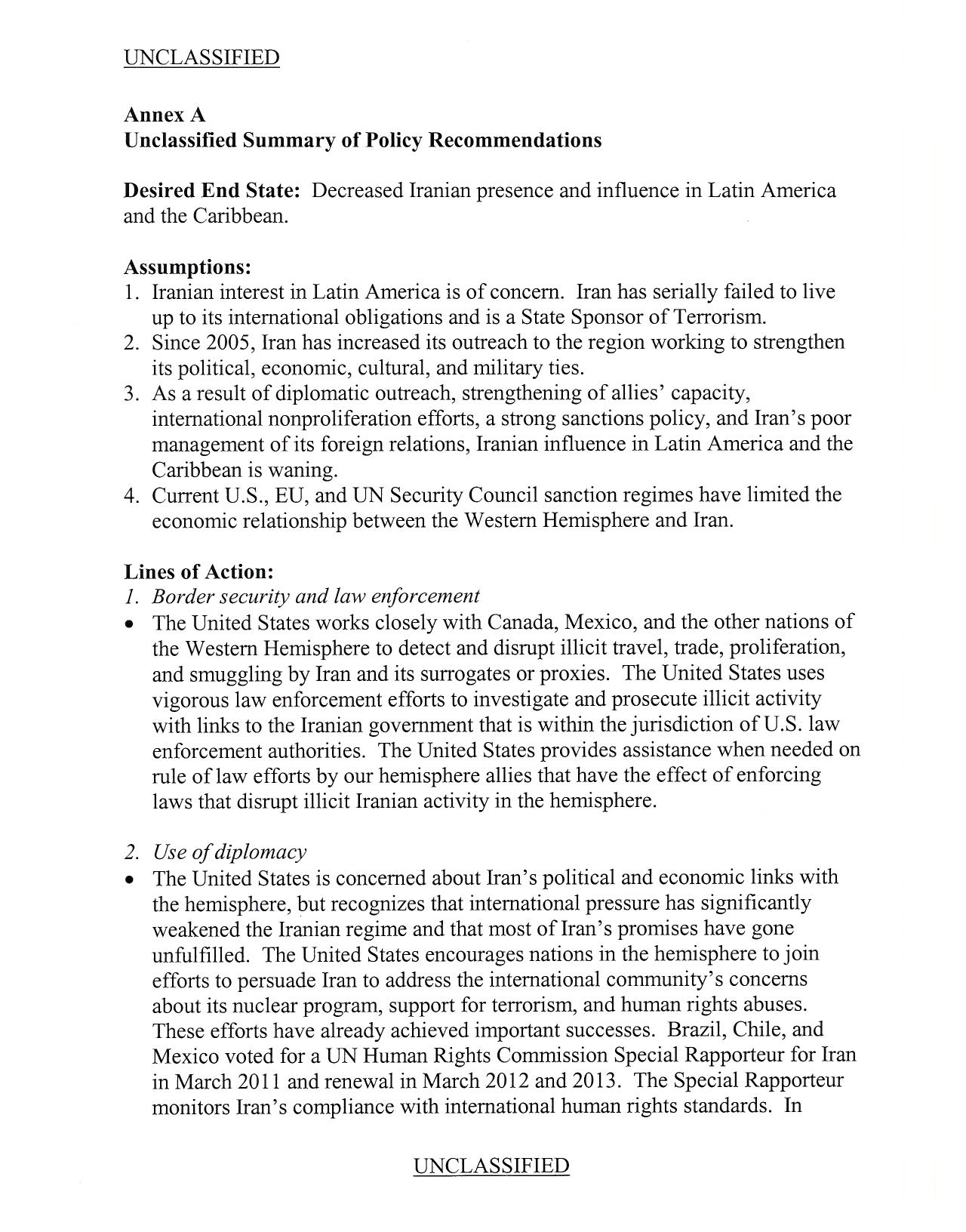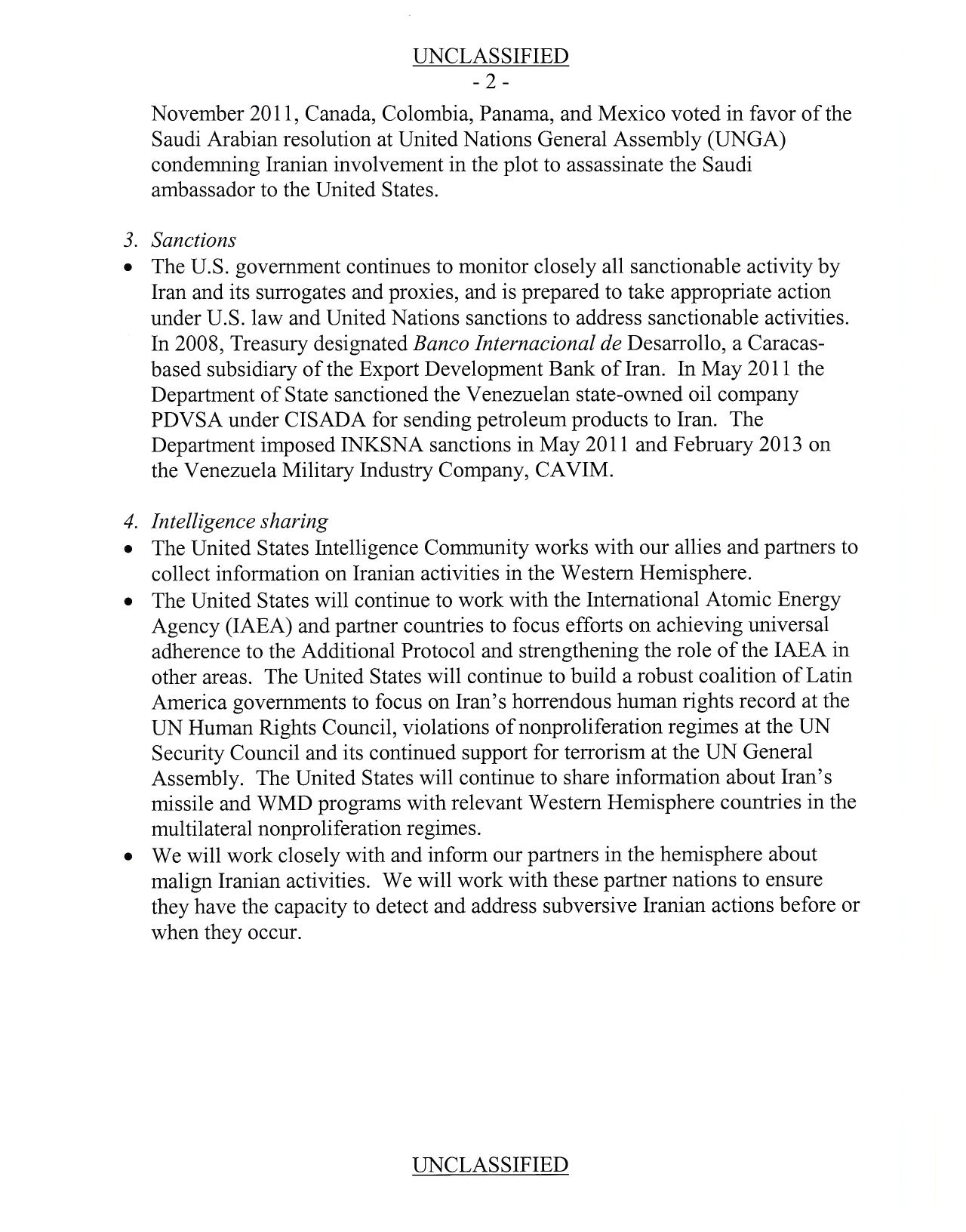 DailyMotion
DailyMotion
HuffingtonPost: Five children appear to shoot prisoners to death in a new video released by the self-described Islamic State.
The video identifies the kids as British, Egyptian, Kurdish, Tunisian and Uzbek, and the location as the ISIS-controlled province of Ar-Raqqa in Syria, according to a translation by SITE Intelligence, a terrorism analysis firm.
The Huffington Post is not providing the video here to avoid promoting the extremist group’s propaganda.
The Islamic State has a well-documented history of recruiting children into its ranks and enlisting them in brutal acts. As of February, CNN reported the group had eulogized 88 child soldiers killed in battle, the vast majority of them from Syria and Iraq.
A July story in Der Spiegel details the harrowing ordeal of two adolescent Iraqi brothers captured by ISIS and placed in a juvenile military training camp. They described being trained in the use of guns and other weapons, and beaten to harden them for combat. On one occasion, a fighter at the front demonstrated beheading on a real captive.
The brothers, who escaped after one of them was brutally beaten for secretly calling his mother on a mobile phone, said they found it easier to adjust to the violent lifestyle after they took certain pills they were given. The drug might have been fenethylline (sold under the brand name Captagon), a stimulant popular with ISIS that fosters energy and feelings of strength and invincibility.
There are currently 1,500 male children serving ISIS in Iraq and Syria, according to estimates cited by Der Spiegel. In the face of a U.S.-led campaign of airstrikes, the group escalated its use of children in propaganda videos in 2015, an expert told the German news source.
Away from its home base, the Islamic State appears to be laying the groundwork for juvenile forces as well. ISIS operatives who have taken over parts of Afghanistan can be seen in a November documentary by PBS’s “Frontline” instructing young children how to use weapons and kill those they consider infidels.
Related reading: Hamas Child Soldiers
JPost: In documentary presented to the UN, Hamas appears to acknowledge that it is breaking international law by training and indoctrinating child soldiers.
The documentary, called “Children’s Army of Hamas, funded by the Israel-based Center for Near East Policy Research (CNEPR), in association with the Palestinian Human Rights Monitoring Group, showed that the Gaza-based terror organization was breaking international laws by training children to fight in combat roles.
Hamas Interior Minister Fathi Hamad makes references to the indoctrination of children, appearing to acknowledge they are being trained to fight.
From Clarion:
While one reads off threats to the Kurdish people, sneering that their Western allies are incapable of helping them, the others stand ready to pull the triggers, which each eventually they do.
The executions, which most likely took place in Raqqa, the Islamic State’s de facto headquarter, were preceded and followed by other executions. The first set, carried out by masked men in brown uniforms, shows the beheadings of four men of the Syrian opposition (and one shooting).
The last set of executions are carried out by elderly people on Syrian government officials, who are killed by gunshot.
The child executioners are each thought to be from a different country: the United Kingdom, Egypt, Turkey, Tunisia and Uzbekistan.
WARNING: The following clip from the video of the children executing the Kurdish prisoners is extremely graphic.


.png)





